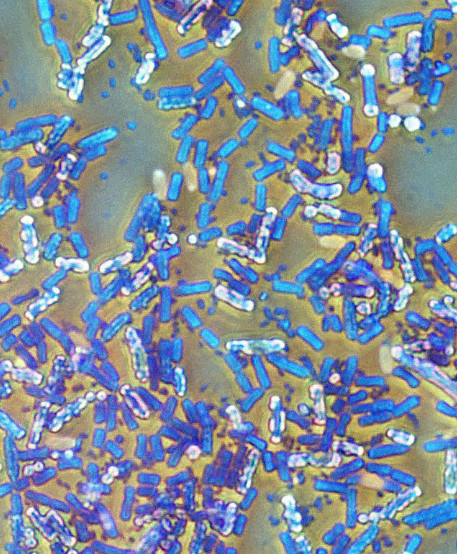Experts urge microbe inclusion
 Most life on Earth is microbial, but experts say the tiniest lifeforms are being left out of climate modelling.
Most life on Earth is microbial, but experts say the tiniest lifeforms are being left out of climate modelling.
More than 30 microbiologists from 9 countries have issued a warning to humanity – they are calling for the world to stop ignoring an ‘unseen majority’ in Earth’s biodiversity and ecosystem when addressing climate change.
The researchers say there needs to be more awareness both for how microbes can influence climate change and how they will be impacted by it.
They are calling for microbes to be included in climate change research, increasing the use of research involving innovative technologies, and improving education in classrooms
“Micro-organisms, which include bacteria and viruses, are the lifeforms that you don’t see on the conservation websites,” says Professor Rick Cavicchioli, microbiologist at the School of Biotechnology and Biomolecular Sciences at UNSW Sydney, who has led the global effort.
“They support the existence of all higher lifeforms and are critically important in regulating climate change.
“However, they are rarely the focus of climate change studies and not considered in policy development.”
Professor Cavicchioli calls microbes the ‘unseen majority’ of lifeforms on earth, playing critical functions in animal and human health, agriculture, the global food web and industry.
For example, the Census of Marine Life estimates that 90 per cent of the ocean’s total biomass is microbial.
In our oceans, marine lifeforms called phytoplankton take light energy from the sun and remove carbon dioxide from the atmosphere as much as plants. The tiny phytoplankton form the beginning of the ocean food web, feeding krill populations that then feed fish, sea birds and large mammals such as whales.
Sea ice algae thrive in sea ice ‘houses’. If global warming trends continue, the melting sea ice has a downstream effect on the sea ice algae, which means a diminished ocean food web.
“Climate change is literally starving ocean life,” says Professor Cavicchioli.
Beyond the ocean, microbes are also critical to terrestrial environments, agriculture and disease.
“In terrestrial environments, microbes release a range of important greenhouse gases to the atmosphere (carbon dioxide, methane and nitrous oxide), and climate change is causing these emissions to increase,” Professor Cavicchioli says.
“Farming ruminant animals releases vast quantities of methane from the microbes living in their rumen – so decisions about global farming practices need to consider these consequences.
“And lastly, climate change worsens the impact of pathogenic microbes on animals (including humans) and plants – that’s because climate change is stressing native life, making it easier for pathogens to cause disease.
“Climate change also expands the number and geographic range of vectors (such as mosquitos) that carry pathogens. The end result is the increased spread of disease, and serious threats to global food supplies.”
Microbiologists can endorse the researchers’ warning by becoming a signatory here: https://www.babs.unsw.edu.au/research/microbiologists-warning-humanity







 Print
Print